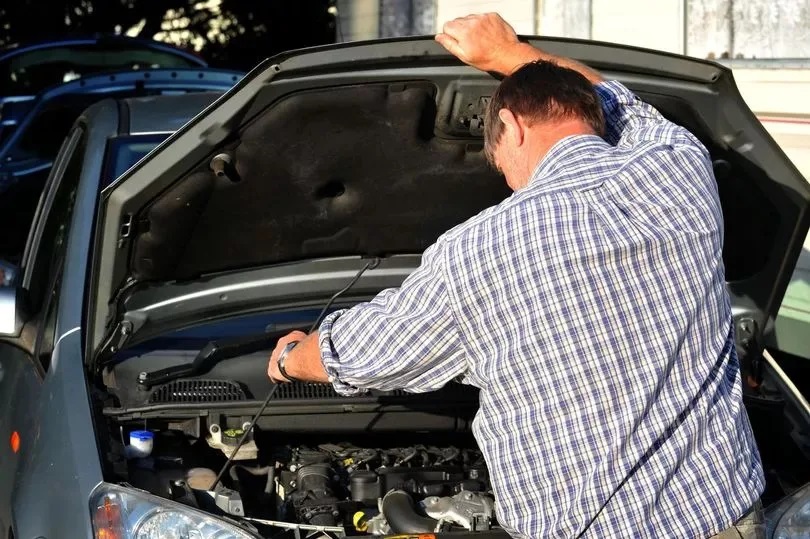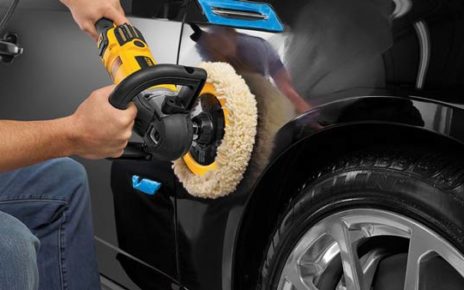A horn relay plays a key role in a vehicle. It sends electrical power from the battery to the horn when the switch is pressed. A weak or faulty relay can cause the horn to fail. Many external stressors can slowly damage this small but vital component. The environment around the car can affect the relay’s lifespan. Exposure to moisture dust or heat can lead to corrosion or wear. Understanding these factors and hiring the Auto Repair in Fort Collins, CO based services such as A & B import Auto Inc. can help in better maintenance and longer life of the part.
Moisture and Corrosion Damage
Water is a strong enemy of electrical parts. Rain mist and fog can enter the engine bay. Wet conditions can reach small gaps around the relay box. Rust can then form on metal parts. A corroded relay may stop working. The contacts may lose their ability to send current. Moisture often weakens wires and fuse links too. Parking a car in damp areas can speed up this damage. Keeping it dry will help stop rust and slow decay.
Dust Heat and Dirt Accumulation
Dust and dirt can also cause harm. Fine dust can slip into the relay housing. With time it can coat the inner surfaces. A dusty relay may not make clean contact. Heat from the engine can make things worse. Dry air can harden the plastic casing. Small cracks may form around the joints. Overheated dirt can burn and create minor short paths. The relay may click but still fail to deliver enough power. Clean parts ensured by A & B import Auto Inc. run better and last longer overall.
Vibration and Shock Exposure
Cars face constant vibration on the road. Uneven roads can shake the engine bay often. Tiny shocks can loosen the relay pins. Repeated motion can weaken solder joints. A loose connection will cause delay in horn sound. Hard hits from potholes can even crack the relay shell. Some relays are mounted close to moving parts which increases stress. Rubber mounts can absorb small shakes but not all. A stable mount can reduce long term wear. Balanced driving helps protect the relay body.
Chemical Exposure and Material Aging
Road salt fuel vapors and engine oil can touch the relay surface. These elements can attack plastic and metal. Salt can eat away the base of the relay mount. Oil can soften insulation and wiring. With years of exposure the materials get weak. Aging makes the relay less responsive. A fragile layer may peel or flake. This can interrupt the current flow. Replacing aged relays before total failure is wise. Shelter from harsh chemicals can extend relay life.





